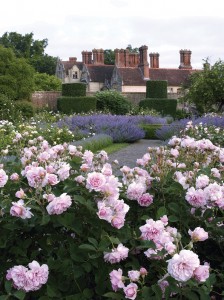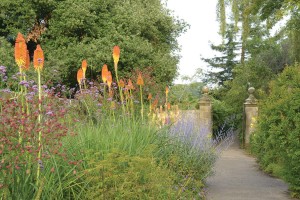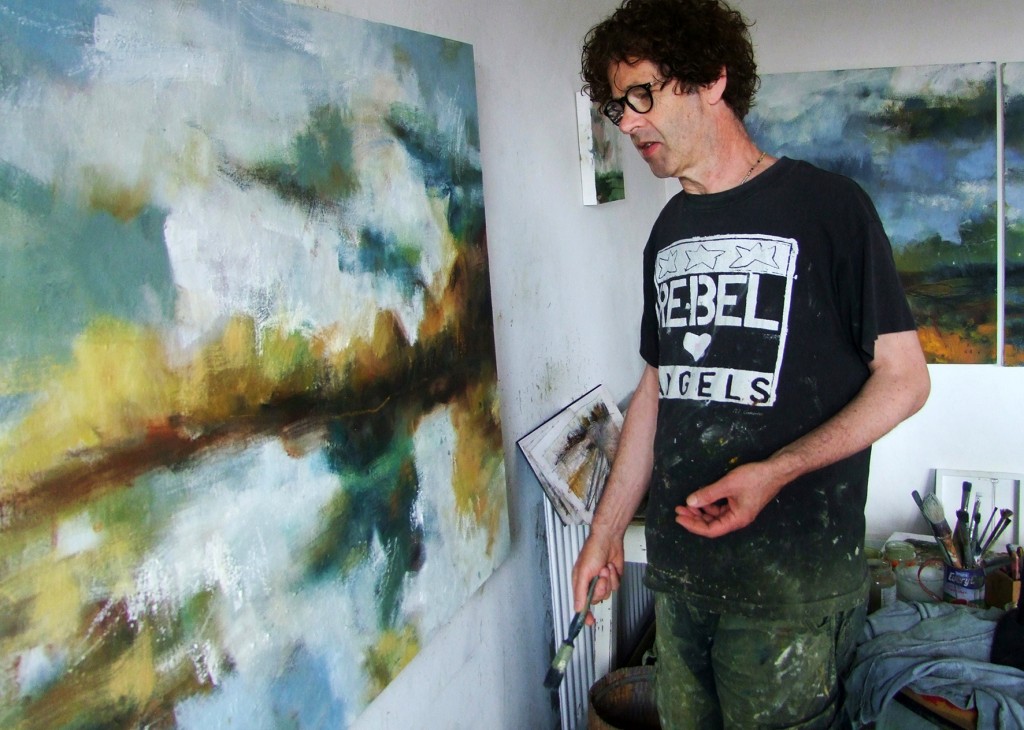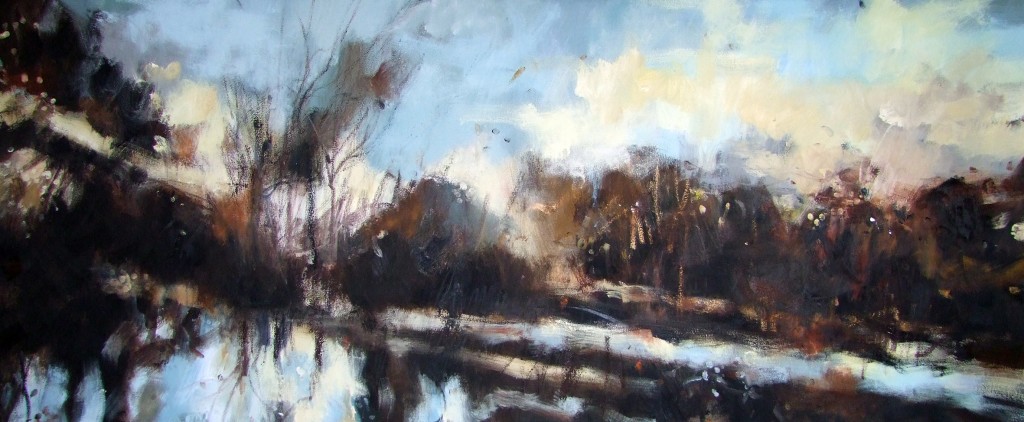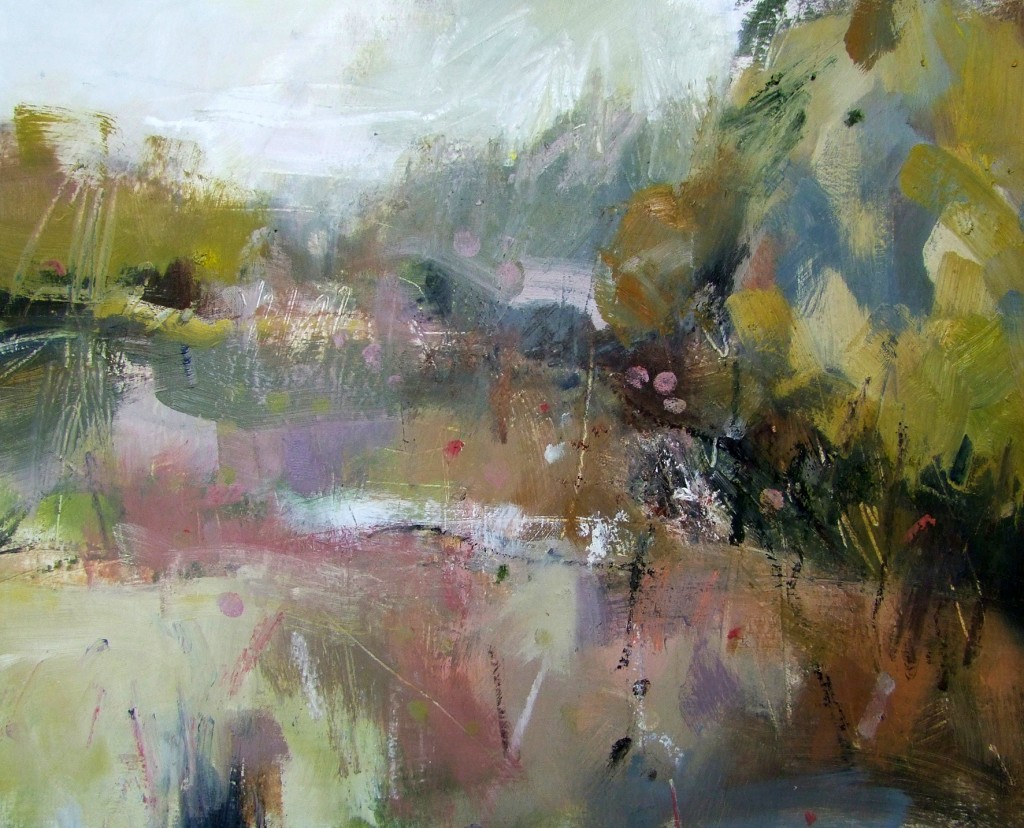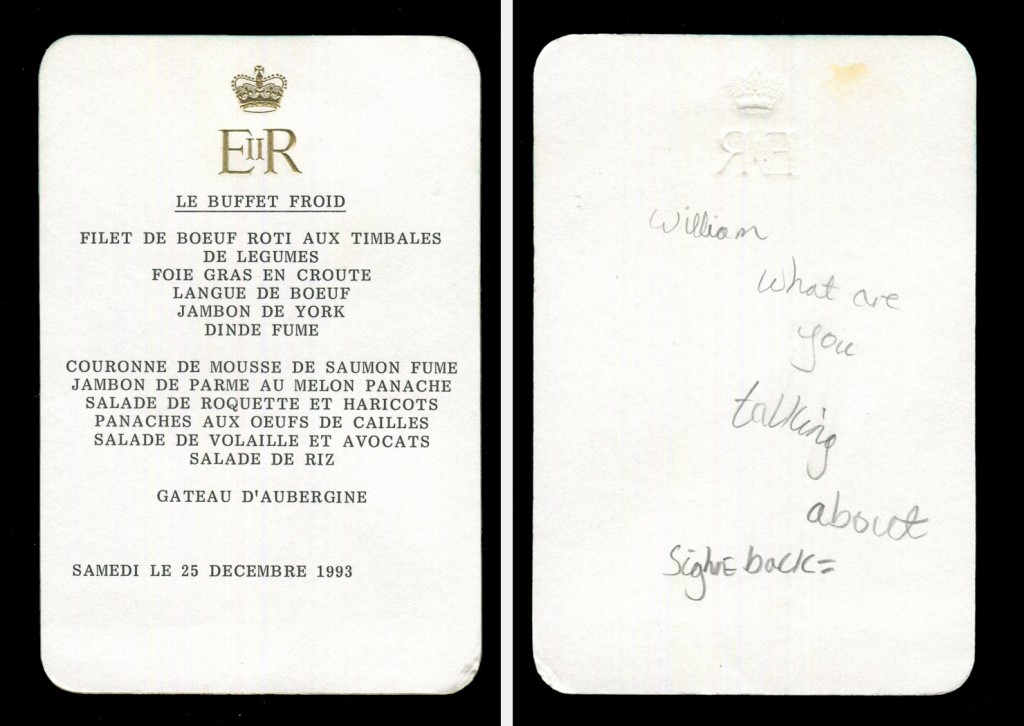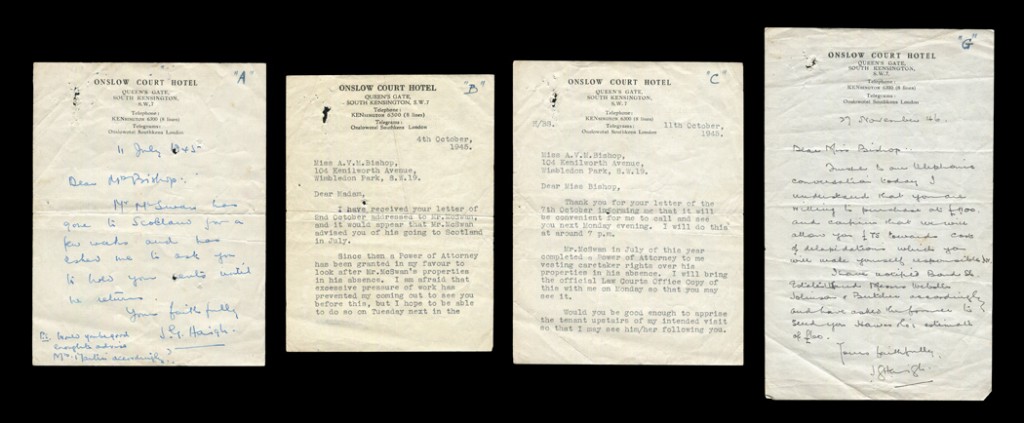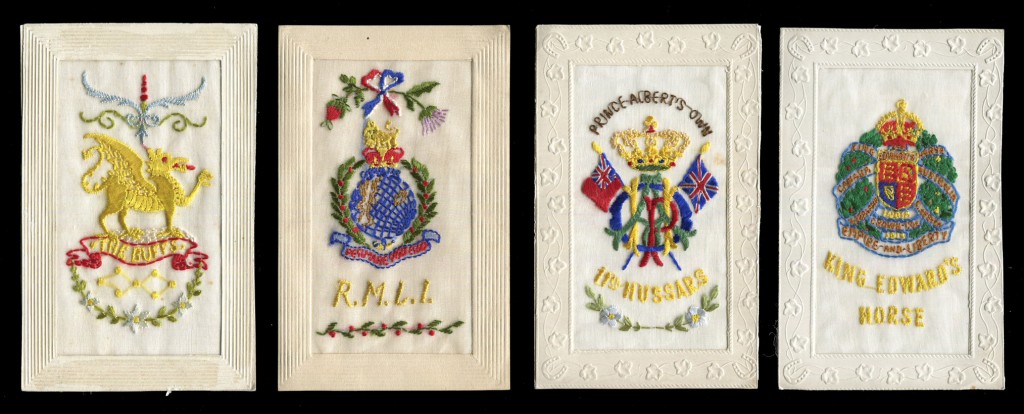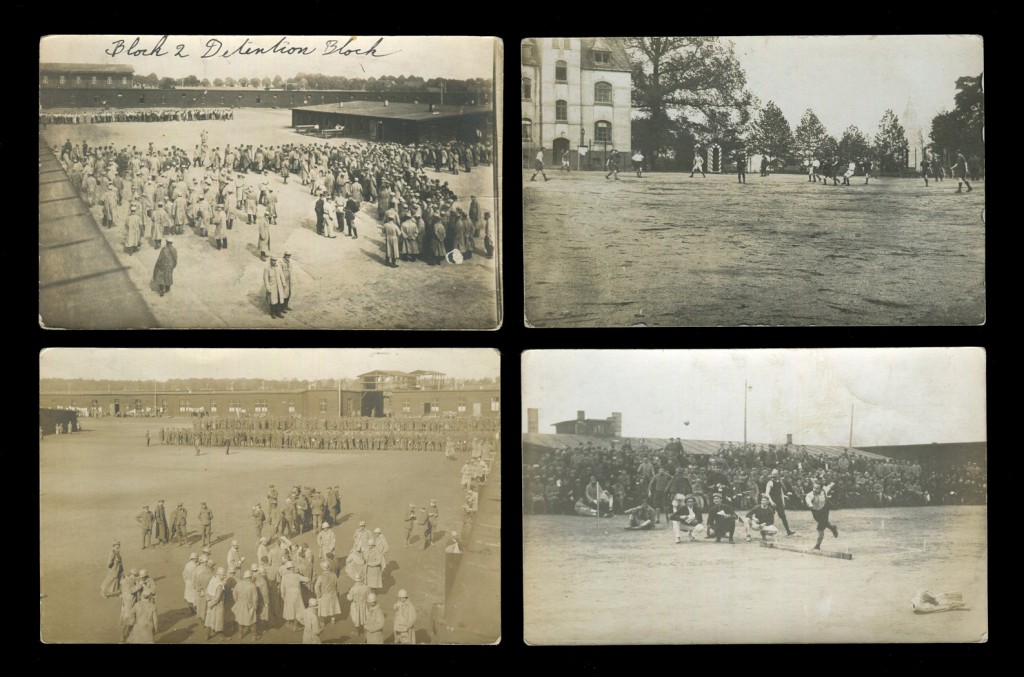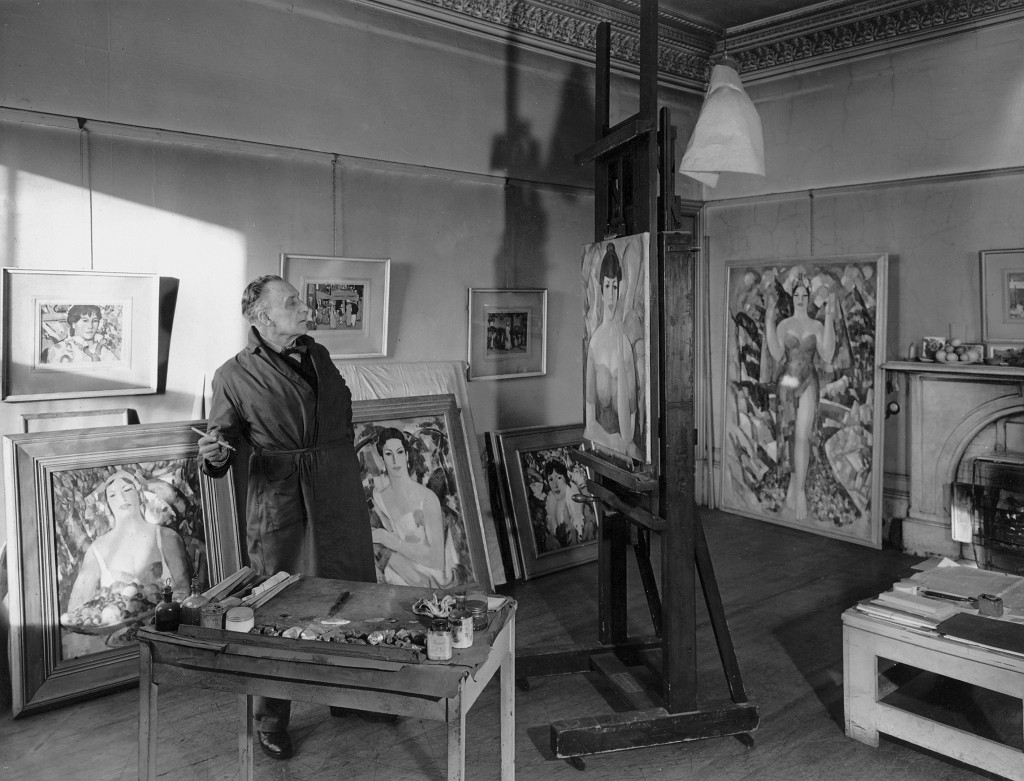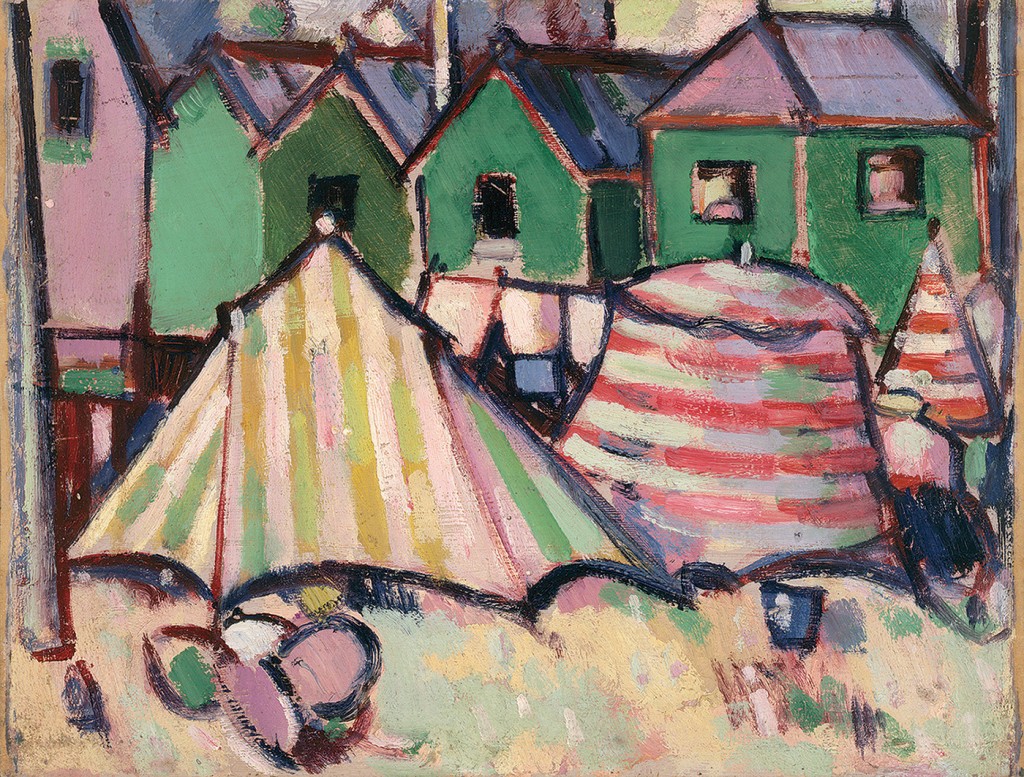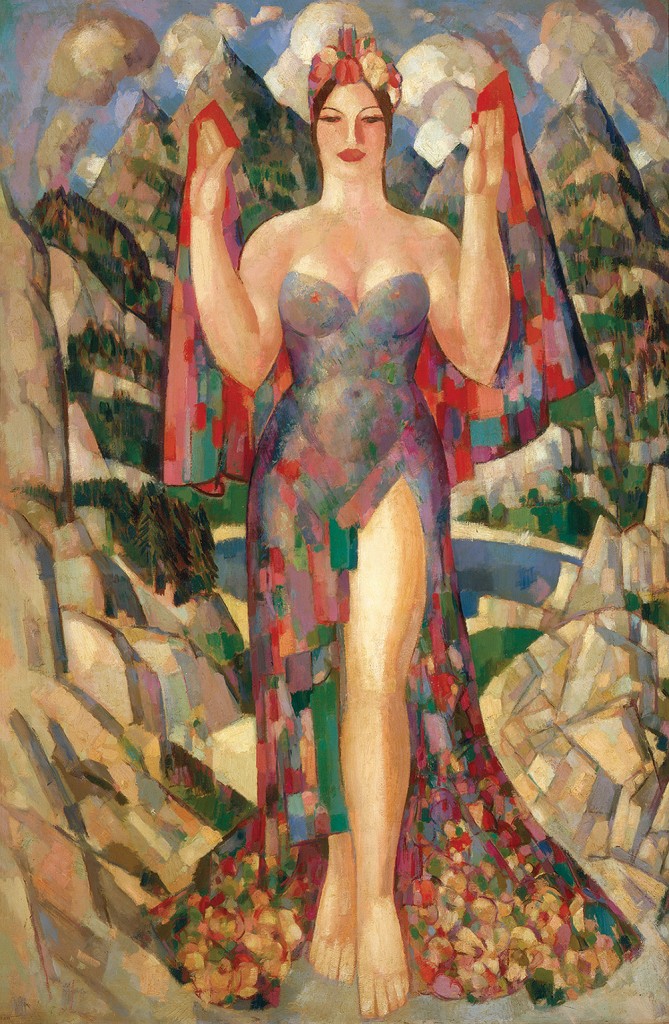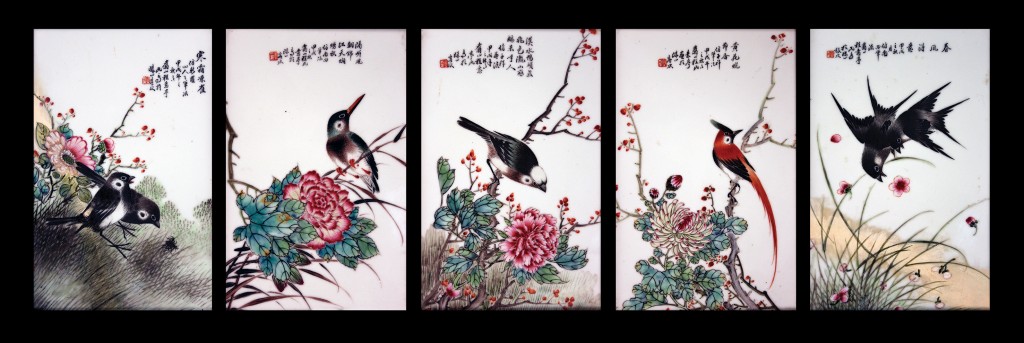
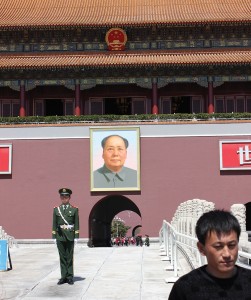
We are familiar with stories of revolution in China. When you go there, the influences of the communist takeover of mainland China in 1949 and Mao’s Cultural Revolution from 1966 onwards are apparent everywhere. Tiananmen Square in Beijing is dominated by marching Chinese People’s Liberation Army guards and enormous television screens project images of modern China beneath fluttering red flags. A queue, ten people wide, stretches patiently as far as the eye can see, processing into Mao’s mausoleum, where his embalmed body lies in state. On the other side of this square is the entrance to the Forbidden City. You enter past an army guard through a narrow arch beneath an enormous portrait of Mao and, as you do, you witness families and people venerating him, bowing and reaching out to touch one of the large bronze studs on the ancient red door, which are polished by the stream of hands. It is apparent that Mao is perceived by many to be the father of the nation and is now a cultural icon in his own right. It is as though these people are on a pilgrimage to visit the relics of a saint. There are the qualities of both the ancient and the modern in these scenes. Once inside the Forbidden City, the atmosphere is more playful with Chinese families enjoying a day out.
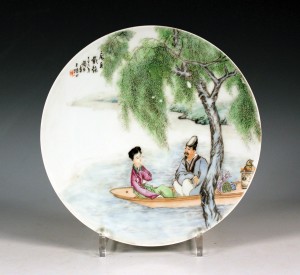
The Xinhai Revolution began with the Wuchang Uprising in October 1911. By January 1912, the Republic of China had been established. It brought to an end two thousand years of imperial rule. Emperor Puyi was allowed to continue to reside in the Forbidden City, his story made famous by Bernardo Bertolucci’s film ‘The Last Emperor’. Through much of the 19th century, Imperial China fought numerous rebellions and invasions. The relative stability which the Republic period brought in the 20th century signalled a revival in porcelain manufacture in Jingdezhen in the Jiangxi province.
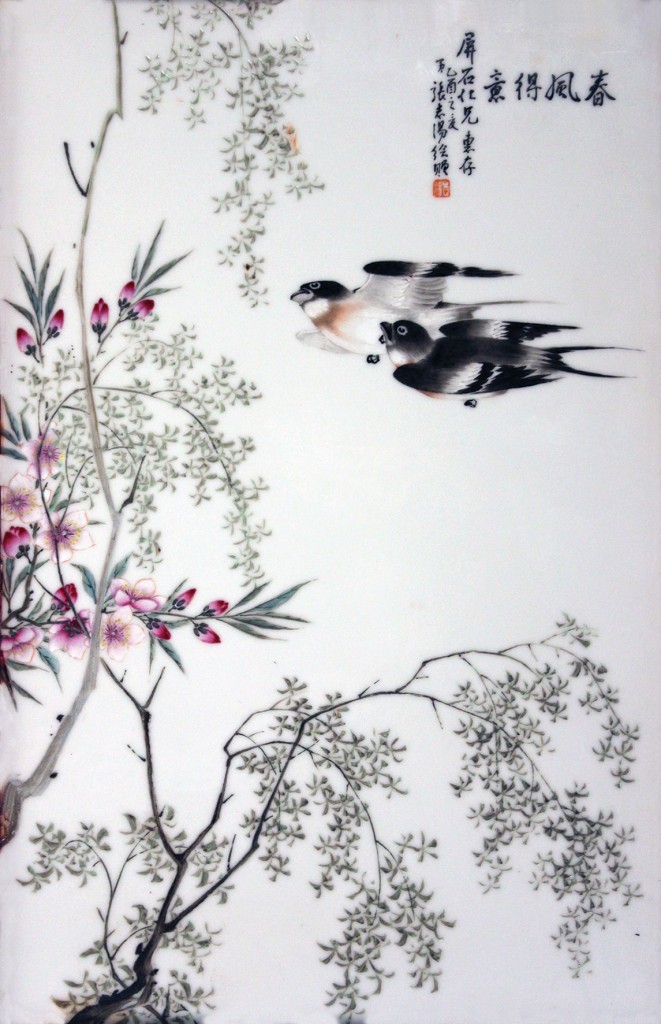
The items of Chinese porcelain shown here date from the Republic period (1912-1949) and were sold in Toovey’s specialist Asian Art auction in August. They were the property of a local collector, who had spent several years in the Far East. His interests reflected the tastes of the Western connoisseurs from Britain and America who purchased this porcelain in the early 20th century. The delicacy of the enamelling on the group of five porcelain plaques, each measuring 19 x 12.5cm, is exquisite and the composition of birds and flowers is highly refined. Despite the fact that two of them were restored, they sold at auction for £16,000 to a collector in Shenzhen, China. Just as fine is the single plaque, measuring 37.5 x 24cm. The two birds in flight are beautifully depicted, framed by the restrained floral branches. This piece was sold to a Chinese collector from Nanchang for £4,000. The delicately painted Republic period plate, diameter 23.5cm, decorated with a scene of a man and maiden in a boat beneath a willow tree, also found favour with Chinese bidders and went under the hammer to the same collector in Nanchang for £8,500. All pieces bear the black enamelled calligraphic script which is so often found on objects from this period. Although many such pieces imitate Imperial designs, these later examples are sometimes signed or give clues to the artists or private workshops which proliferated at this time in Jingdezhen.
Tom Rowsell, head of Asian and Islamic Ceramics and Works of Art at Toovey’s, commented: “We have specialised in Chinese porcelain and fine art for almost twenty years at Toovey’s. We have a long-standing Chinese client base but we are continuing to build relationships successfully with new, emerging mainland Chinese collectors through our business activities out there, working with China’s leading collectors’ internet platform, EpaiLive.”
Today, it is the Chinese collector who is driving the demand for Republic period porcelain, rather than the Western buyers who originally patronised this beautiful work. Tom Rowsell is always pleased to offer advice, whether you are interested in selling or acquiring Chinese objects in this boom market. He is now taking in entries for his next specialist sale on Thursday 9th October 2014 and can be contacted on 01903 891955.
By Revd. Rupert Toovey. Originally published on 27th August 2014 in the West Sussex Gazette.
